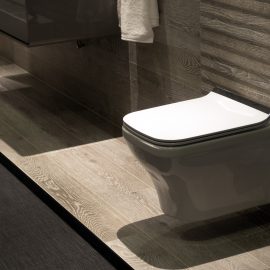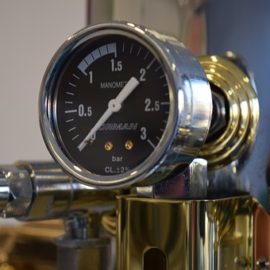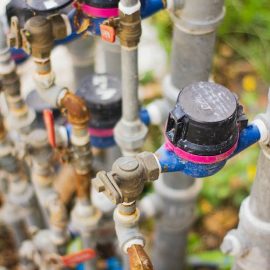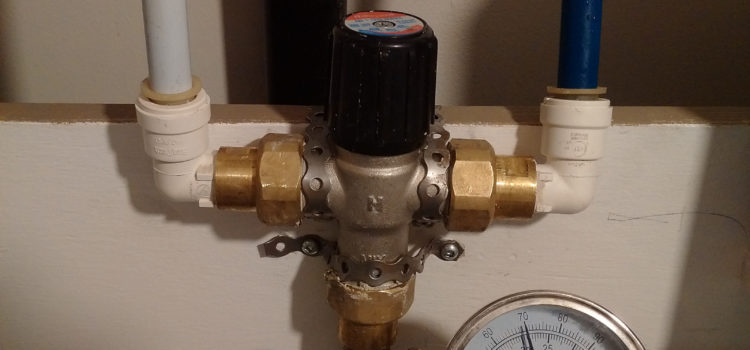
Making a Gripp Connection (American/Compression Fitting) | Plumbers Services
Contents
– Step 1: Thread the nut onto the tube
– Step 2: Thread the washer and gasket onto the tube
– Step 3: Present the Gripp fitting
– Step 4: Screw the nut onto the Gripp fitting
– Step 5: Check for leaks
Also known as American fittings or “Gripp” fittings (named after one of their manufacturers), compression fittings are quick connectors. Like two-piece fittings and push-in fittings, they are used in plumbing to avoid soldering. The principle is simple: a rubber gasket, compressed by a washer and nut, ensures a tight fit.
A compression fitting consists of a nut (to be pushed onto the pipe first), a special washer, and a flat rubber seal. When tightened, the nut compresses the washer and gasket at the end of the threaded portion of the fitting and around the pipe.
Compression fittings are available in a variety of versions:
– sleeve to join 2 pipes of the same diameter;
– sleeve with a reduction to join 2 pipes of different diameters;
– 90° elbow to avoid bending;
– 90° elbow (peg) to connect a wall fitting;
– T-branch (with or without reducer) to connect a 90° branch to a straight pipe.
Here’s how to install a Gripp fitting.
1. Thread the nut onto the pipe
Good to know: to ensure that the joint fits smoothly and the fitting is watertight, you must cut the end of the pipe straight and free of burrs.
The best way to do this is with a pipe cutter.
– Separate the nut from the fitting to be installed (without losing the gasket and washer).
– Thread the nut onto the tube.
Thread the washer and gasket onto the tube.
– Thread the washer and gasket onto the tube,
– and position them at the end of the tube.
2. Prepare the Gripp fitting
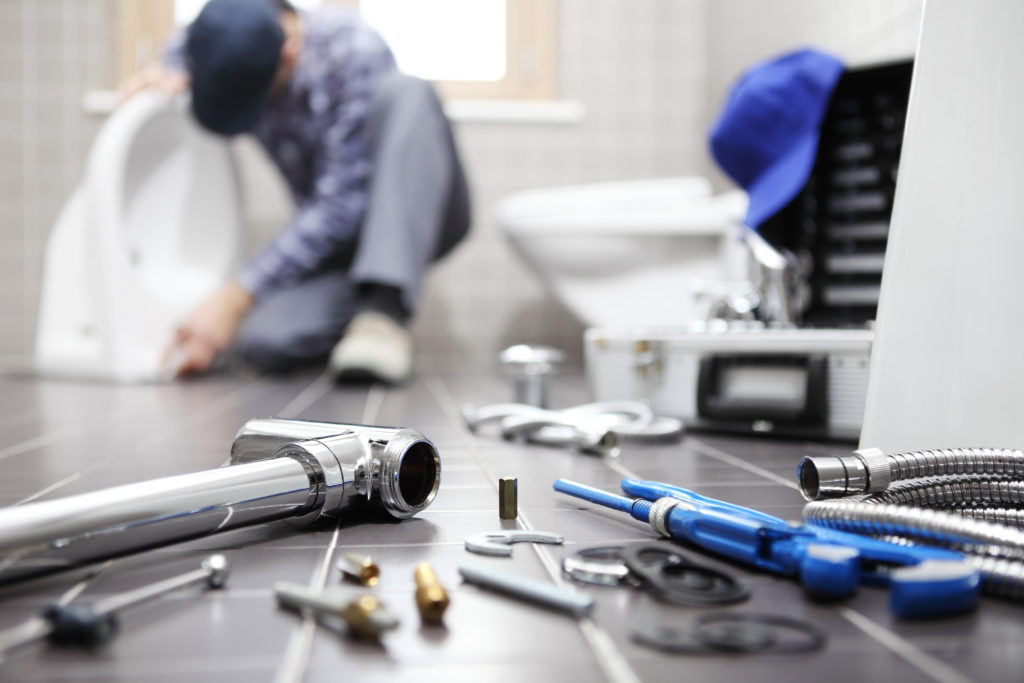
– Place the fitting on the end of the tube (held horizontally if possible).
– Hold the tube tightly to the bottom of the fitting so that it does not fall back.
Note: If the fitting is angled or T-shaped, orient it correctly.
– Screw the nut onto the Gripp fitting.
– Slide the nut (which pushes the washer and seal) onto the fitting.
– Tighten the nut by hand (always keeping the tube at the bottom of the fitting).
– As soon as it becomes impossible to continue, use an open-end wrench.
– Hold the fitting with another wrench if it is straight or with pliers if it is angled or T-shaped. Be careful not to damage the fitting.
– Tighten the nut firmly but not too much: brass is a soft metal.
Note: DIY tasks are not always successfully carried out, so you can call a professional for help.
3. Check for leaks
If the water was initially cut off in the system, reopen the shut-off valve.
If drips appear at the connection, it is usually not tightened enough.
– Tighten it again.
If the leak persists:
– Recut the water and disassemble the fitting.
– Observe the gasket, which may be damaged, or the washer, which may be deformed.
– If so, replace the washer and gasket.
– If not, the tube itself may be damaged…
– Remove the gasket, washer, and nut.
– With a tube cutter, cut the tube beyond the damaged part.
– Replace the nut, washer, and gasket.
– Then tighten the nut on the fitting.
And, that’s it. You are now done making a Gripp connection. If the above steps seem too complicated for you, JOE COLE PLUMBING is fully licensed, insured, and qualified to offer a comprehensive range of plumbing services. They will do the job for you.

